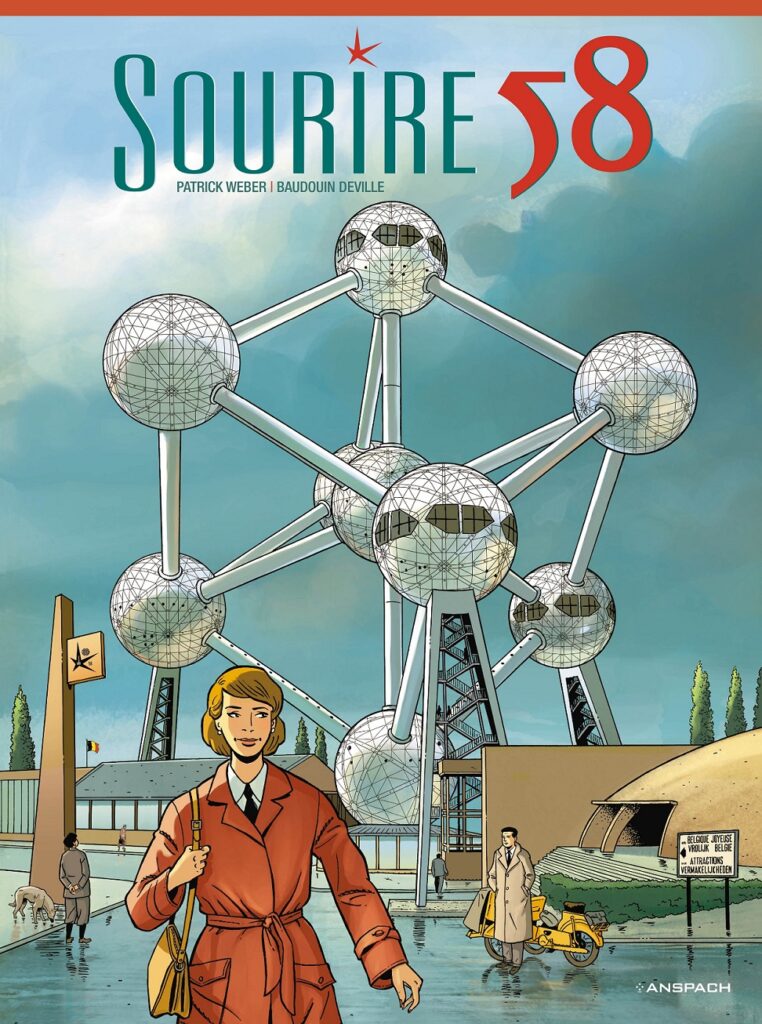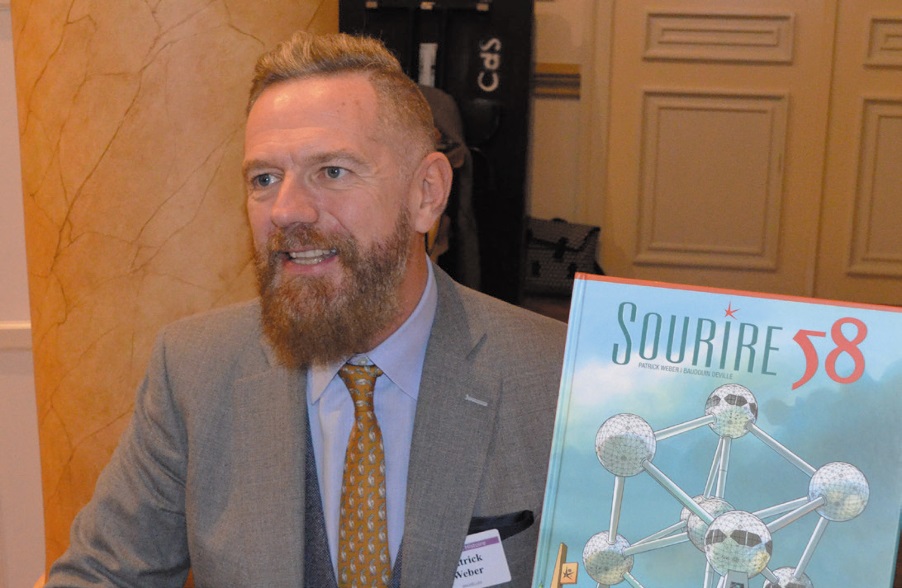We do not always appreciate how fictional stories shape our lives. Sometimes all it takes is a film, a painting or a piece of music to spark a passion that turns into a vocation.
When I was a child, the Tintin album, King Ottokar's Sceptre, fuelled my hunger for history. The Blake and Mortimer album, The Mystery of the Great Pyramid, aroused my curiosity in old relics and prompted me to begin studying art history and archaeology. As for the adventures of Alix and Enak, they led me to anchor part of my life in Rome.
These were not lucky coincidences. Rather, they are a natural consequence of local factors, namely, that Belgium is more than a country of chocolate, beer and waffles. It is also the kingdom of comics - and this art form has always had a close relationship with history with a capital ‘H’.
As for me, after my studies, I began writing about history. Novels, but also comic book stories that tell the history of Belgium in images.
Which brings me to Kathleen Van Overstraeten. She was the result of an effort to celebrate, the 60th anniversary of the 1958 Brussels World’s Fair, or Expo 58. I started to think about a story and a character and chose a woman to reflect the half of humanity that is all too often absent in comic strip history. Kathleen has one of the era’s new jobs, that of a hostess at the event. And like other comic book heroes in the grand tradition of the Brussels ‘ligne claire’, she faces perils along the way but always wins out in the end.
Historical comics have a unique blend of bygone events and fiction – although, let's be honest, we did not invent this concoction. Great authors like Alexandre Dumas or painters like Sir Lawrence Alma-Tadema have long combined authenticity and imagination.

The cover of Sourire 58
Our team’s first album, Sourire 58, published in 2018, was successful enough to make us want to go further with the adventure. With my editor Nicolas Anspach, the artist Baudouin Deville and the colourist Bérangère Marquebreucq, we continued our exploration of the recent history of Belgium.
Awkward subjects
A series like this only works if there is alchemy within the team, and ours is independent from the big publishing companies. We took pride in crafting the stories and designing the artwork. And we were all on the same page in the next book, Léopoldville 60, which took Kathleen to Africa to tell the story of the decolonisation of Congo. This is still a delicate subject, so it was an ambitious album, but it resonated with its audience and in turn fuelled further debates about Belgium’s role in Congo. We were also able to enrich our historical and iconographic sources with details from readers who sent us their accounts from that era.
By then, we knew we had to face the thorniest moments in Belgium’s history head on.
The Second World War served as the backdrop for our third album, Bruxelles 43, which is my most personal book. The idea was to tell lesser-known aspects of the conflict. How did people in Brussels live under German occupation? Where did they find food? Who could they trust? What was the collaboration like? And how great comic book authors like Edgar P. Jacobs and Hergé experience this period?
I integrated personal elements into the story, in particular, family memories linked to my uncle Charles who was part of the resistance and paid for his bravery with his life.

Patrick Weber with the first album of his series, Sourire 58
The different eras and the back and forth of our series in history also let us tell Kathleen’s story at various periods in her life. The next book, Innovation 67, took a chronological leap forward, telling the story of one of the worst disasters in Brussels, the fire at the Innovation department store. I had been moved when meeting readers to hear how they or their families had witnessed this tragedy. And again, I saw how fiction could bring history to life: it is closer, more accessible and more understandable. In a word, more human.
Our latest book, Berlin 61, takes a little distance from Belgium, although Kathleen and Belgium are still very present. The action starts in one of the car-carrying sleeper trains that once connected Schaerbeek station to the Côte d’Azur – many of us in Belgium still remember these family holidays. The rest of the action takes place in Berlin, cut in two by a wicked and cruel wall, and then back in Brussels, because that is where the heart of our series is based.
When we created the character of Kathleen, we didn’t think how big the project would become. But as we’ve grown, we’ve come to appreciate more than ever the special bond that Belgium has with comics, which transcends age, gender and social background. They reflect a basic human desire to relive shared moments.
In an increasingly fragmented world, where social media and streaming platforms dominate our culture, comics still have an important role to play. By telling both stories and history, they can restore our roots and our common experience. They show that history has not yet passed its sell-by-date.

